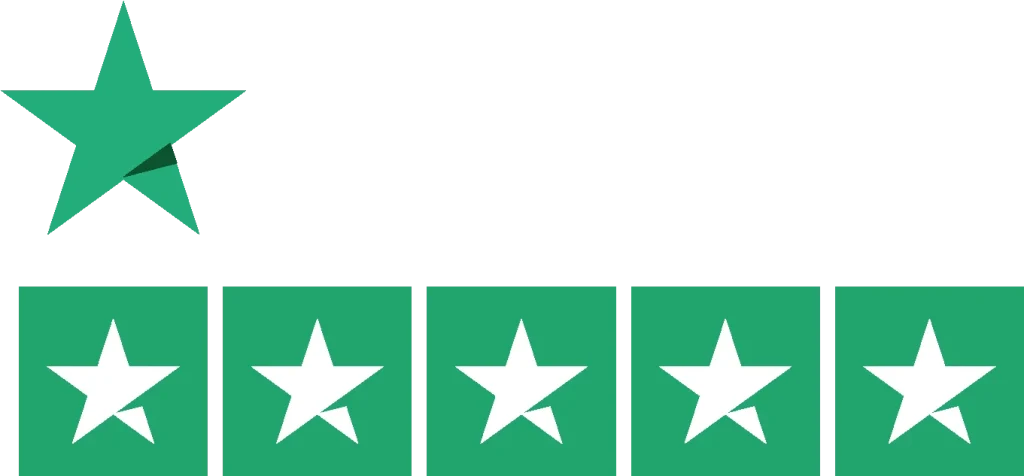Understanding the Importance of Professional Editing
- Perform Quality Assurance: The experts run a comprehensive quality check to ensure the final product shines and meets the industry standards.
- Make the Tale Engaging: Once the manuscript undergoes rigorous editing, the story gets a major upgrade, making it more exciting and fun to read.
- Make Your Book Ready: With its improved structure, your book is now ready to thrive in the cut-throat children’s book market.
The Editing Process of Children's Books
Just like any genre, children’s book is implemented in stages to ensure cohesive and proper penning. This is how the magic happens:
- Manuscript Assessment
- Developmental Editing Practices
- Final Proofreading
Let’s expand on them:
1. Manuscript Assessment
The editors read the entire manuscript to familiarize themselves completely with the story. They try to grasp all the important details of the book. They analyze and improve the book, whether it’s the dialogue delivery or the structure.
This is where they offer feedback and possibilities for improvement, which helps set the tone of the book.
2. Developmental Editing
The next main step is developmental editing, where the professional book editor tries to fix the manuscript’s fine details. Here’s what many experts and book editors for hire tend to ask themselves at this stage:
- Is the wording correct?
- Is the dialogue delivery according to the audience’s age group?
- Is the current sentence structure perfectly representing the story?
The editor then inspects the word choice, style, and specific points of your plot, where sentence style needs to be changed according to the scenes’ demand. After making the necessary edits, the editor then fixes the word count by removing any unnecessary words from the manuscript.
3. Final Proofreading Steps
Now that all major changes have been made, the editors start proofreading. This is to finalize the content and fix any mistakes that were missed during the editing phase. They check:
- Grammar
- Punctuation
- Spelling Mistakes
By doing so, they’re left with a clean manuscript that leaves a lasting impression on the reader. The steps for proofreading are as follows:
- Review the manuscript thoroughly
- Check uniformity in character names and scenes
- Fix typos and grammatical errors
- Correct the formatting for text and illustrations
The editing process is more than fixing technical mistakes; it’s about bringing out books that facilitate fun learning and expose them to creative representations of the world. To achieve ideal outcomes, make sure you choose an experienced children’s book editing service.
Editing children’s books is unique and imaginative. It’s a complex task that can be divided into many elements. Each task is dedicated to improving the quality of the book, and editors work hand in hand with the author to achieve that.
Everything, from plotlines to dialogue delivery, is checked, and no detail is spared. Here’s a sneak peek into some of the major tasks of editing a children’s book checklist.
A checklist includes:
- Story Structure and Flow
- Character Development
- Language and Dialogue
- Theme and Message
- Illustrations and Text Interaction
Let’s go through them one by one.
1. Story Structure and Flow
Regardless of the age category, children’s books require a clear and understandable story structure.
For most children’s books, the plot is extremely short, simple, and to the point. So, the sequence and flow of the story must be easy to follow and clear. Make sure the resolution can provide a perfect conclusion with an appealing moral.
When editing, create a path for the readers to follow. Avoid using complicated story elements to make their journey easy.
2. Character Development
The characters in a children’s book differ from those in a normal book. They are easy to imagine and highly vivid. These characters are often considered the kid’s best friends, so while editing, make sure all of their quests together are consistent, relatable, and fun throughout the story.
To avoid conflict, try to retain the character’s behaviors and response patterns when editing to keep the character simple and relatable.
3. Language and Dialogue
Children’s books aren’t about wordy monologs or complicated jargon. So, the language needs to be eloquent and easy to follow. Carefully review your tone and language use while editing. Ask yourself, are the sentences simple enough? Can they be simpler?
Just changing a few sentences can make a huge difference in the articulation of the story. The professional book editor also needs to review the tone and delivery of dialogue.
4. Theme and Message
Almost all children’s books come with a memorable and interesting theme. These themes range from the value of family, the significance of good friends, the virtue of honesty, adventurous journeys, and much more. All of the mentioned plots and themes always end with a valuable lesson to make their journey worth it.
Make sure to pay attention to the theme and the message. Can a child understand it correctly? Is it clear enough to be memorable?
5. Illustrations and Text Interaction
When it comes to children’s books, the illustrations aren’t just decorative elements. They act as visual representations of the storyline and characters. So, the text and the illustrations need to tell the same, singular story.
Both elements need to work harmoniously to make the story more put together and fun. During the editing process, reflect on how well your text interacts with your book’s illustrations. Do they complement each other? Is there a disruption in the illustration that doesn’t support the context?
There are plenty of children’s book editors for hire who can do wonders for your book. So, remember to consider all these pointers before choosing your editing route for your upcoming children’s books.
How to Find the Ideal Children's Book Editor?
Choosing the right editor for your children’s book is vital for its success. Here are some key points to consider to pick the perfect professional:
- Estimate Experience
- Check the Editing Style
- Evaluate Compatibility
Let’s understand each of these.
1. Estimate Experience
Browse the internet and look for editors who have prior experience editing children’s literature. The ideal candidate must understand the genre’s nuance and requirements. They should also be aware of the technical aspects, such as pacing differences and effective language use.
2. Check The Editing Style
Don’t finalize the first option. Review multiple candidates. It might take some time, but it’ll be worth it. Look through their past editorial works and analyze their editing style. Focus on the overall execution rather than worrying about line editing.
Ask for samples to make your decision-making easy. Then, choose the editor whose style matches your book’s requirements.
3. Evaluate Compatibility
Finding a compatible editor is as important as having water in the Sahara Desert. It’s essential to choose an editor who shares the same vision. This will make the book editing process faster and more efficient.
Pro tip: A seasoned editor will not only offer coherence and support but will strive to keep your voice intact while doing so.
Make sure to follow each pointer precisely to avoid making the wrong decision. There are plenty of children’s book editors for hire in the market, so take your time, and you’ll surely find the right one for you.
Sometimes, you need more than just the right info to make your editing journey comfortable. You need a companion to support you. So, let Digital Encyclopedia be your partner. With our swift and dependable fiction writing services, including children’s books, your book is just a click away.
Get in touch to learn more.
Frequently Asked Questions
What does an editor do for a children's book?
The main goal of choosing a children’s book editor service is to make sure the book reaches the market in its best form; this means no errors and proper writing. They perform the following tasks to ensure that all criteria are met:
- Smoothen the Book’s Plot
- Evaluate Characters
- Remove or Add Details
- Fix the Technical Errors
How much does it cost to edit a children's book?
Children’s books are versatile; they come in different formats, genres, and content structures. Therefore, you can’t predict a standard cost that can be applied to all children’s books. It also depends on the editor, whether you’ve hired a freelancer or an agency. The rates can only be finalized after the negotiation with the editor.
How to find a children's book editor?
Most people initially go for firms offering editing and writing services to save a buck. Here’s how you can find them:
- Run a Google Search
- Browse the Market
- Review Their Portfolio
- Make a List of Suitable Candidates
- Contact Them
You can connect with us to make your life easy.
Do I need an editor for my children's book?
The general answer is yes. It’s crucial to find an editor if you’ve chosen to self-publish. Getting an expert on hand will help you streamline the major aspect of book creation: editing. While they make sure your book is executed properly, you can focus on other important tasks.
How to self-edit a children's book?
Self-editing can be extremely tricky, especially for writers who don’t have enough time. If you’re still interested in giving it a try, stick to these instructions.
- Read the Manuscript Thoroughly
- Fix Sentence Length
- Avoid Large Text Blocks
- Keep the Content Consistent
- Proofread




